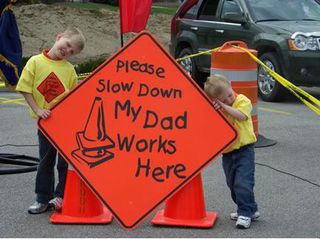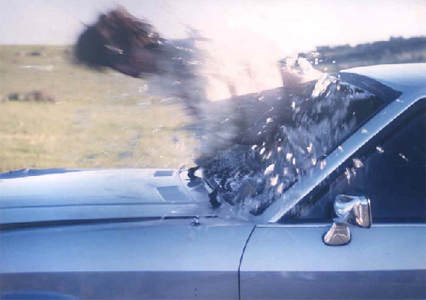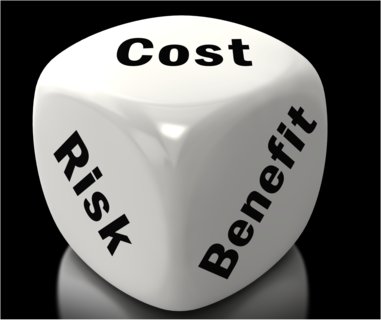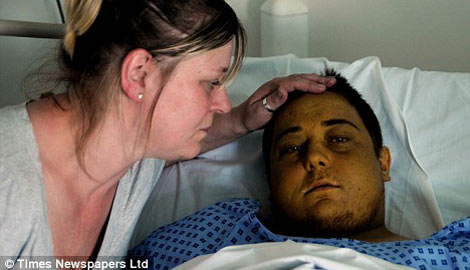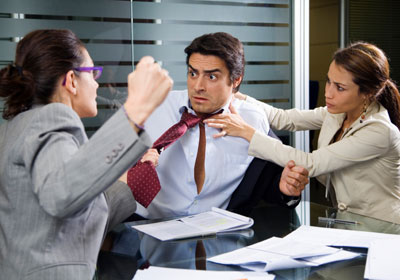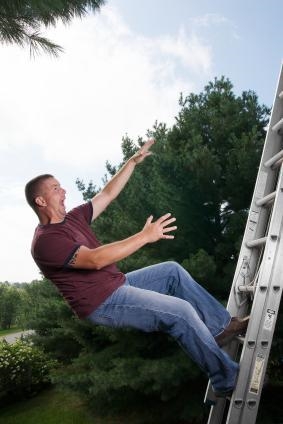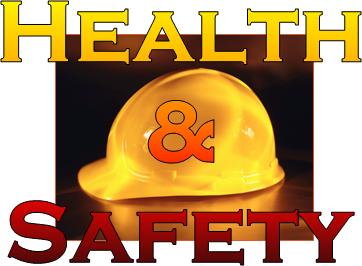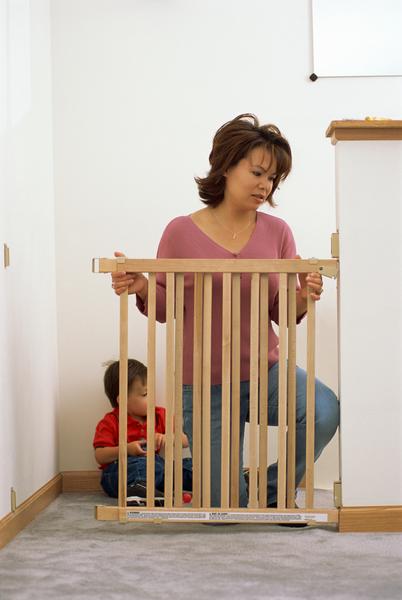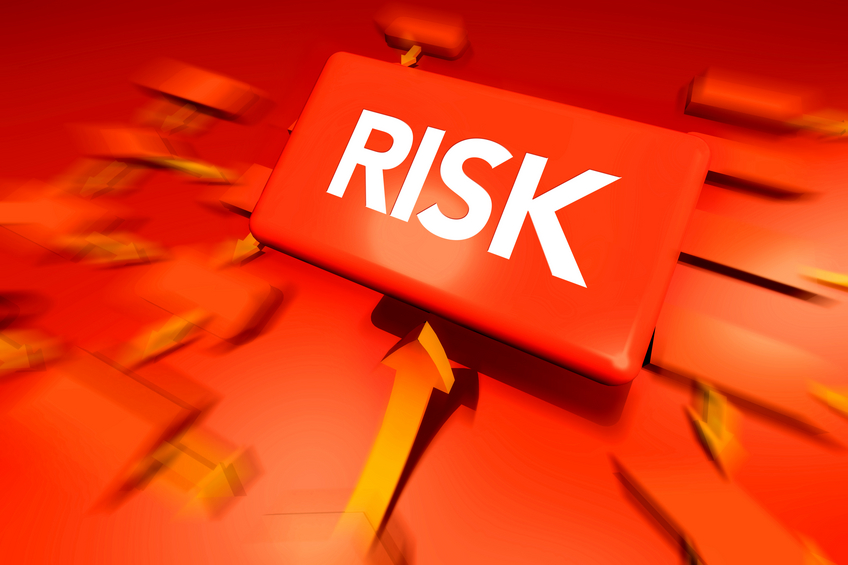 Most people have a friend or relative who has fallen, or maybe you’ve fallen yourself. Falls are the second-leading cause of unintentional death in homes and communities, resulting in more than 25,000 fatalities in 2009. The risk of falling, and fall-related problems, rises with age and is a serious issue in homes and communities. Take the time to remove slip, trip and fall hazards to keep your family safe.
Most people have a friend or relative who has fallen, or maybe you’ve fallen yourself. Falls are the second-leading cause of unintentional death in homes and communities, resulting in more than 25,000 fatalities in 2009. The risk of falling, and fall-related problems, rises with age and is a serious issue in homes and communities. Take the time to remove slip, trip and fall hazards to keep your family safe.
Common locations for falls:
- Doorways
- Ramps
- Cluttered hallways
- Areas with heavy traffic
- Uneven surfaces
- Areas prone to wetness or spills
- Unguarded heights
- Unstable work surfaces
- Ladders
- Stairs
Fall prevention tips:
- Secure electrical and phone cords out of traffic areas
- Remove small throw rugs or use non-skid mats to keep them from slipping
- Remove tripping hazards (paper, boxes, toys, clothes, shoes) from stairs and walkways
- Periodically check the condition of walkways and steps, and repair damages immediately
- Never stand on a chair, table or other surface on wheels
- Clean up all spills immediately
via Slips, Trips and Falls Prevention, Fact Sheets & Statistics.

